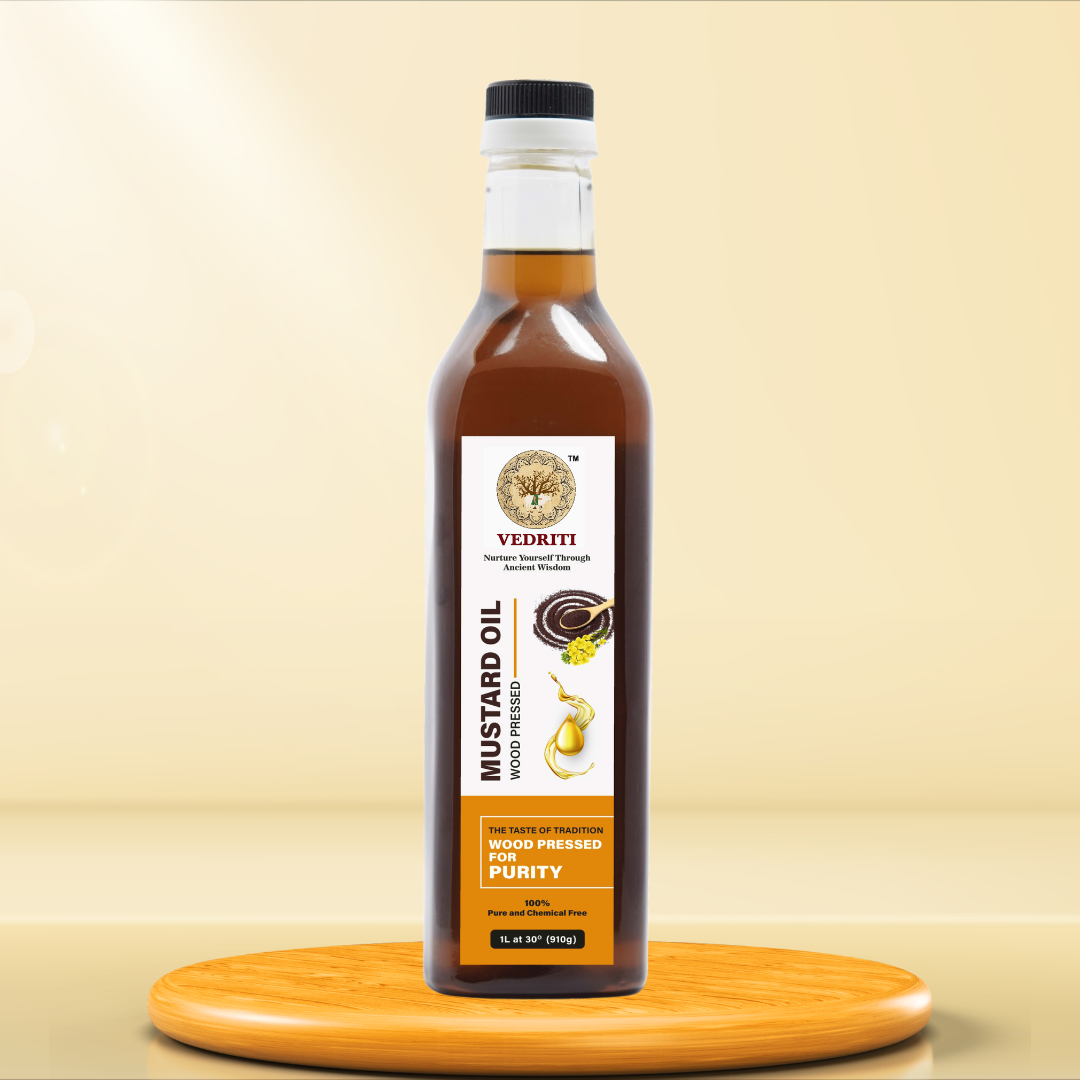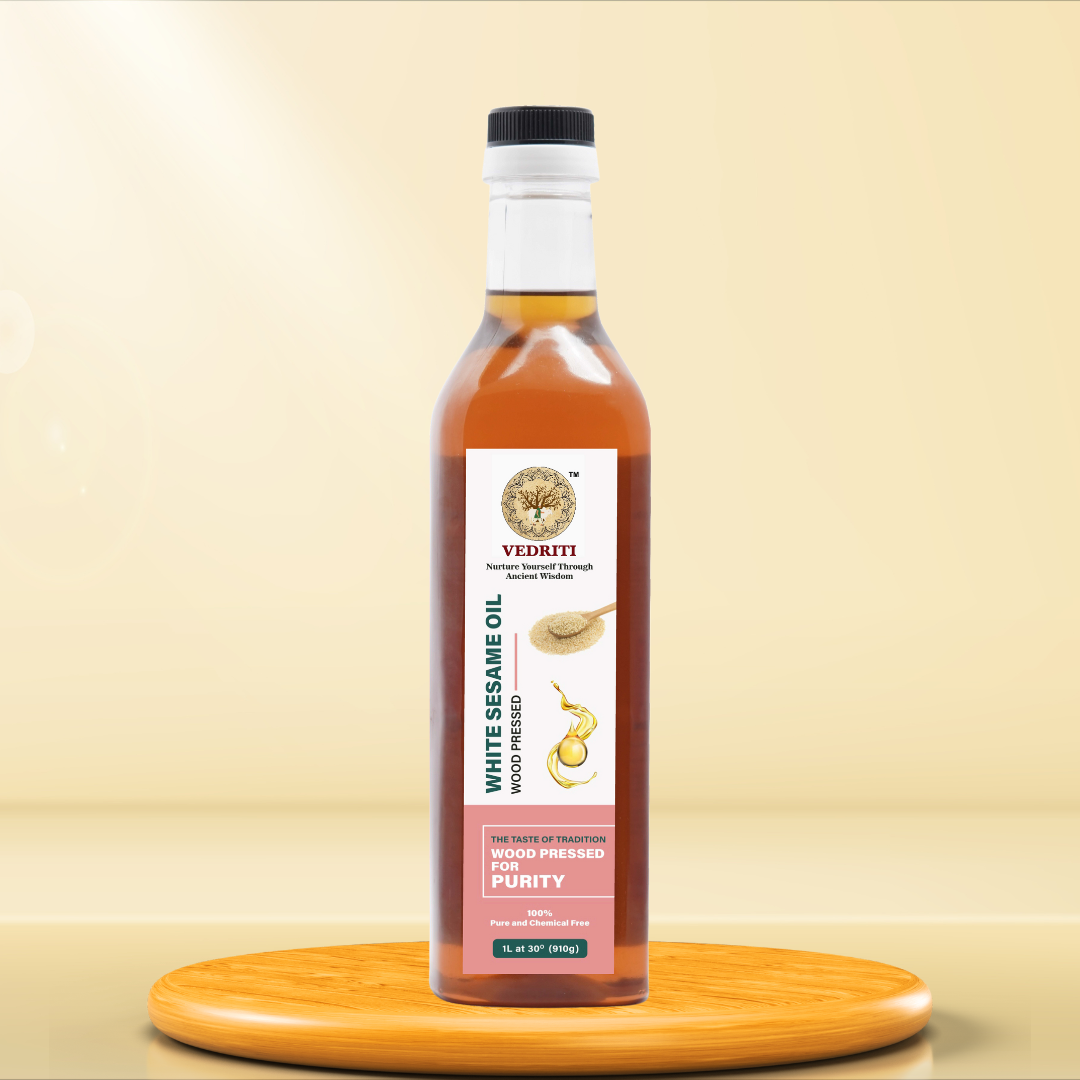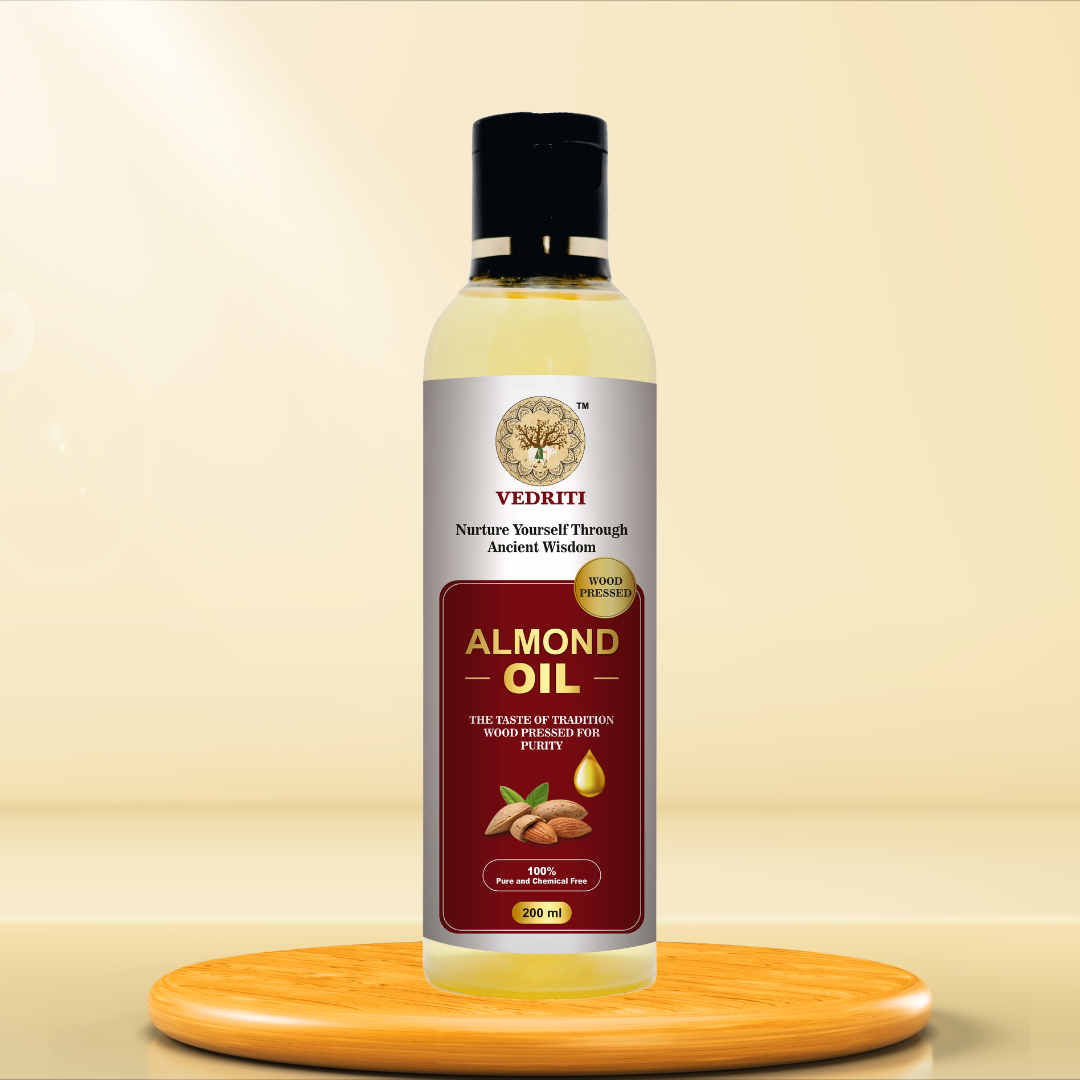How to Store Wood Pressed Oils for Maximum Freshness: A Comprehensive Guide
Wood pressed oils, also known as cold-pressed oils, have gained popularity due to their rich nutrient profile and numerous health benefits. Extracted through traditional methods, these oils retain their natural flavors, aroma, and essential nutrients that make them superior to commercially processed oils. However, these delicate oils are highly susceptible to spoilage if not stored properly. In this guide, we'll explore the best practices for storing wood pressed oils to ensure maximum freshness, nutritional integrity, and a longer shelf life.
1. Understanding Wood Pressed Oils
Before diving into storage techniques, it’s essential to understand what makes wood pressed oils unique. These oils are extracted using a traditional mechanical pressing method, without the application of heat or chemicals. As a result, they retain their natural properties, including vitamins, antioxidants, and fatty acids. Popular wood pressed oils include coconut oil, sesame oil, groundnut oil, mustard oil, and almond oil.
However, because they are minimally processed, wood pressed oils are more prone to oxidation and rancidity than refined oils. Oxidation occurs when oils come into contact with oxygen, light, or heat, leading to the degradation of the oil's beneficial compounds. Therefore, proper storage is crucial to preserve their quality.
2. Factors That Affect the Freshness of Wood Pressed Oils

Several factors can impact the freshness and shelf life of wood pressed oils:
- Exposure to Air (Oxygen): When oils come into contact with oxygen, the process of oxidation begins, which can lead to rancidity.
- Light Exposure: Ultraviolet (UV) rays from sunlight can cause the oils to degrade, leading to a loss of nutrients and flavor.
- Heat: Wood pressed oils should not be exposed to high temperatures, as heat can speed up the degradation process.
- Moisture: Excessive moisture can promote microbial growth and spoil the oil.
- Storage Containers: The material of the container plays a significant role in maintaining the oil's freshness.
By understanding these factors, we can implement the best storage techniques to maximize the shelf life of wood pressed oils.
3. Choosing the Right Container
The type of container used to store wood pressed oils is crucial in maintaining freshness. Here are some of the best practices for selecting and using storage containers:
- Dark Glass Bottles: The best containers for wood pressed oils are dark-colored glass bottles (e.g., amber or cobalt blue). These bottles help block out harmful UV rays and minimize exposure to light, which can cause oxidation. Glass is also non-reactive, ensuring that the oil doesn’t absorb any unwanted chemicals from the container.

- Stainless Steel Containers: Stainless steel is another excellent option for storing wood pressed oils. It is non-reactive, durable, and shields the oil from light and air exposure. Many traditional oil pressers recommend storing oils in stainless steel containers, especially for large quantities.

- Avoid Plastic Containers: Plastic containers are not ideal for storing wood pressed oils. Over time, the oils can leach harmful chemicals from plastic, especially if the container is exposed to heat. Plastics are also permeable to air, which can lead to oxidation.
- Seal Properly: Ensure that the container is sealed tightly after each use to minimize exposure to air. An airtight seal will prevent oxygen from entering and spoiling the oil.
4. Optimal Storage Conditions
Now that we know the importance of the right container, let's explore the optimal storage conditions to preserve the freshness of wood pressed oils.
- Cool, Dark Place: One of the most important rules for storing wood pressed oils is to keep them in a cool, dark place. Exposure to light and heat accelerates oxidation and can spoil the oil quickly. A pantry or cupboard away from direct sunlight and heat sources like ovens or stoves is ideal.
- Refrigeration: While refrigeration is not necessary for all wood pressed oils, it can be beneficial for certain oils like flaxseed oil and walnut oil, which are highly perishable. Refrigeration slows down the oxidation process, helping to extend the shelf life of these oils. However, some oils, such as coconut oil and sesame oil, may solidify when refrigerated. In such cases, you can warm the oil slightly before use by placing the bottle in a bowl of warm water.
- Stable Temperature: Fluctuations in temperature can degrade the quality of wood pressed oils. Try to store the oils in an area where the temperature is stable and doesn’t fluctuate frequently. Keeping them away from windows, heating appliances, and even the top of the refrigerator (where heat tends to accumulate) is a good practice.
5. Minimizing Air Exposure
Minimizing air exposure is crucial for maintaining the quality of wood pressed oils. Here are some tips to help:
- Use Smaller Bottles: If you use wood pressed oils frequently, consider transferring the oil into smaller containers. This reduces the amount of air that comes into contact with the oil each time you open the bottle. Use the larger bottle as a backup and refill the smaller one as needed.
- Consider Oil Dispensers: Special oil dispensers designed to minimize air contact are available. These dispensers often have features such as pumps or spouts that help limit air exposure and keep the oil fresh.
- Avoid Topping Off: Try not to top off bottles with leftover oil. The presence of air in the bottle can accelerate oxidation. Instead, use a separate container for the oil you use daily and keep the main bottle tightly sealed.
6. Check for Rancidity
Even with the best storage practices, it's essential to regularly check the quality of wood pressed oils. Rancidity can occur over time, and it's characterized by a sour or off smell and flavor. Here’s how to check for rancidity:
- Smell Test: Rancid oil often has an unpleasant, sour, or musty odor. If your oil smells off, it’s best to discard it.
- Taste Test: A small taste test can also help. Rancid oil may taste bitter or have an off flavor. If the oil tastes strange, it’s no longer good.
- Visual Inspection: Look for any changes in color or the presence of sediment. These signs can indicate that the oil has gone bad.

7. Conclusion
Proper storage is key to maintaining the quality and extending the shelf life of wood pressed oils. By using the right containers, storing oils in optimal conditions, minimizing air exposure, and regularly checking for rancidity, you can enjoy the full benefits of these nutrient-rich oils for longer. Follow these guidelines to keep your wood pressed oils fresh and flavorful, ensuring they enhance your cooking and wellness.
For more information about our premium wood pressed oils and tips on using them, visit our website.


















Leave a comment
All comments are moderated before being published.
This site is protected by hCaptcha and the hCaptcha Privacy Policy and Terms of Service apply.